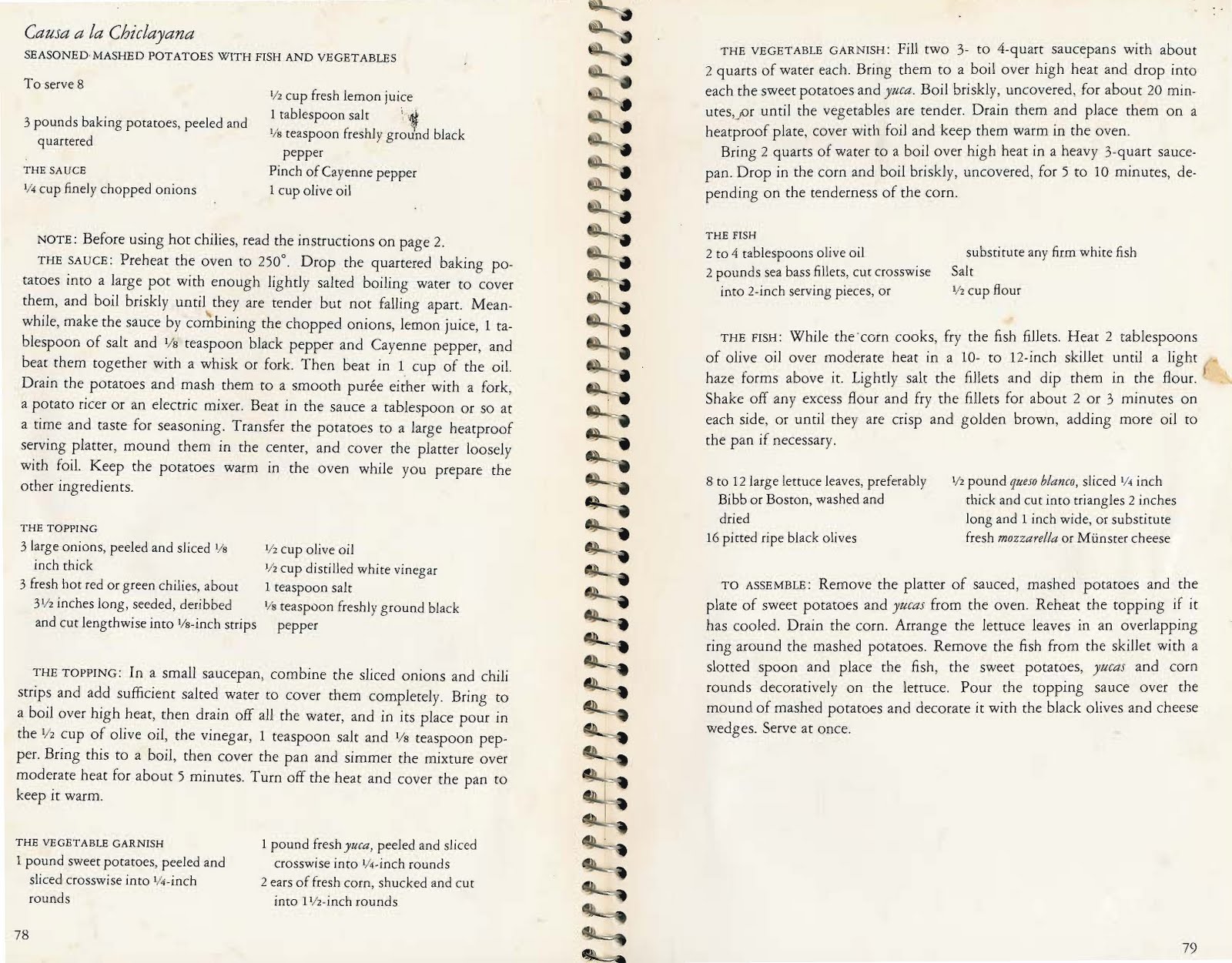Out of New Zealand: molecular identification of the highly.
Potamopyrgus antipodarum (Gray 1843) Native to New Zealand, invasive populations of Potamopyrgus antipodarum first appeared in Europe in the mid-nineteenth century and in North America in the late-1980s (Ponder 1988, Zaranko et al. 1997).Potamopyrgus antipodarum is an aquatic snail of the family Hydrobiidae which is placed in the clade Littorinimorpha of the Caenogastropoda according to teh classification of Bouchet and Rocroi (2005). This is a cosmopolitan family comprising over 100 genera of small snails (Kabat and Hershler, 1993).The New Zealand mud snail (Potamopyrgus antipodarum) is an exotic Gastropod species with the capability to spread rapidly throughout its range. This species is considered invasive and is a major threat to biodiversity with the capacity to alter freshwater ecosystem processes, change food web dynamics, and threaten native aquatic species.
The New Zealand mud snail (Potamopyrgus antipodarum) is a species of very small freshwater snail with a gill and an operculum. This aquatic gastropod mollusk is in the family Tateidae.Classification kingdom Animalia phylum. Potamopyrgus species Potamopyrgus antipodarum Name Synonyms Amnicola antipodanum Amnicola antipodarum Gray, 1843 Amnicola badia Gould, 1848 Amnicola corolla (Gould, 1847) Amnicola egena Gould, 1848.

Genus Potamopyrgus Stimpson, 1865 Original name: Amnicola antipodarum Gray, 1843. Gray, J. E. (1843). Catalogue of the species of Mollusca and their shells, which have hitherto been recorded as found at New Zealand, with the description of some lately found species.












